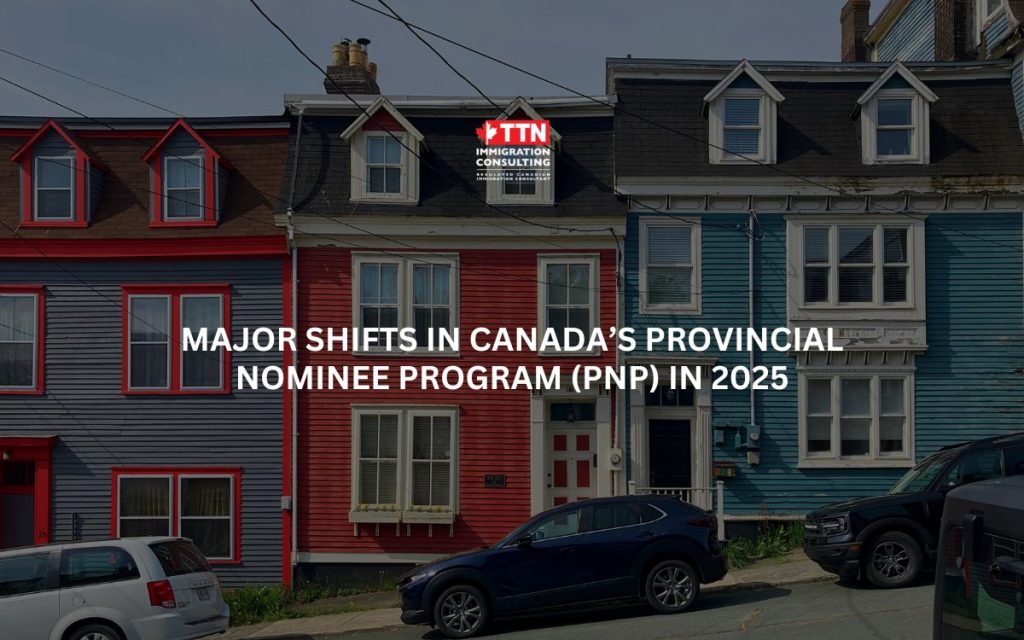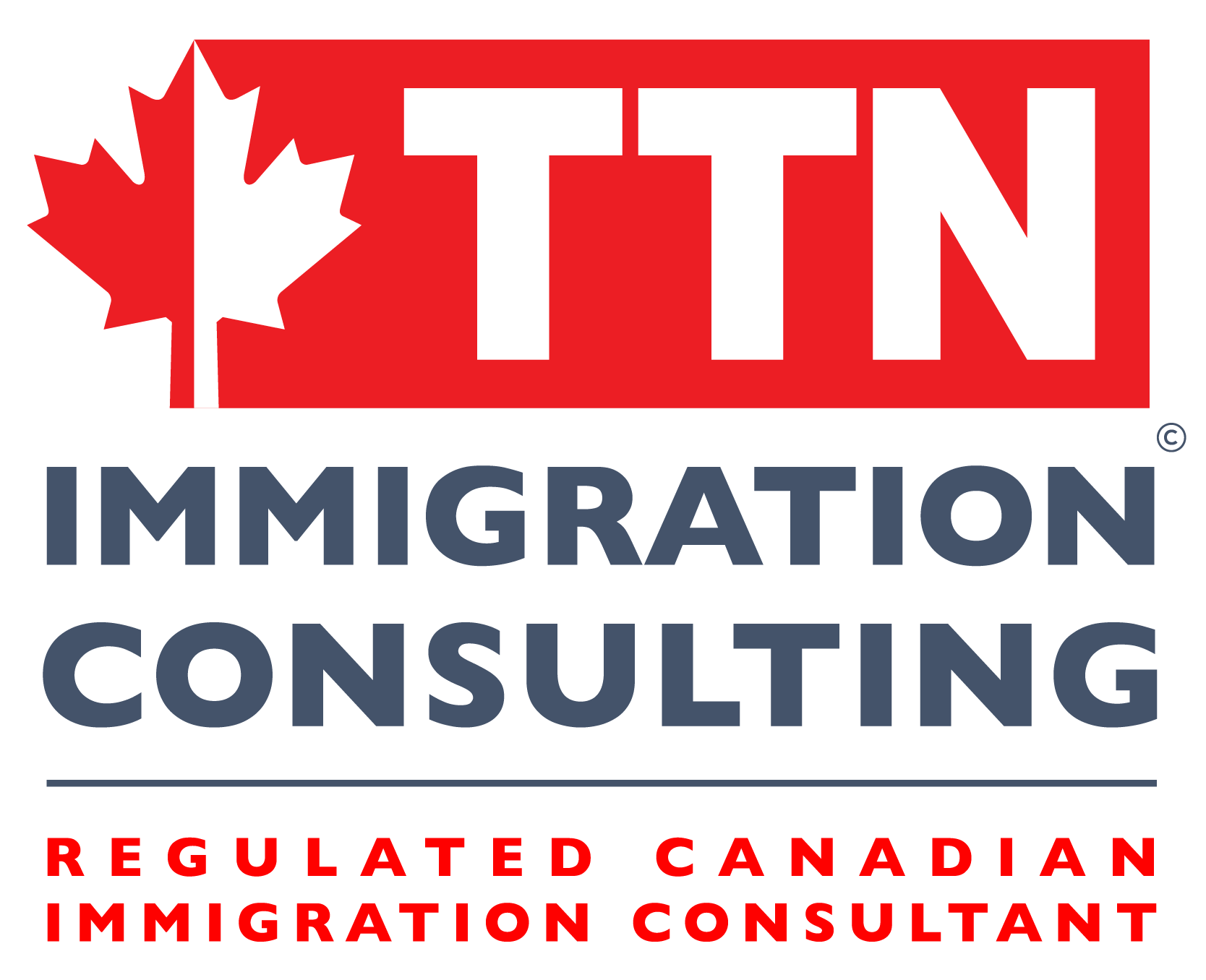Major Shifts In Canada's Provincial Nominee Program (PNP) In 2025
Overview: 2025 – Many unexpected changes in the PNP system
Trong năm 2025, phần lớn các tỉnh bang và vùng lãnh thổ của Canada đã nhận được chỉ tiêu đề cử thường trú nhân (nomination allocation) cao hơn từ chính phủ liên bang. Tuy nhiên, chỉ có Ontario và Prince Edward Island (PEI) là chưa được tăng thêm chỉ tiêu tính đến thời điểm hiện tại.
Program Provincial Nominee Program (PNP) cho phép các tỉnh bang đề cử người nước ngoài có kỹ năng, kinh nghiệm phù hợp để xin thường trú nhân (Permanent Residence – PR) tại Canada. Sau khi được tỉnh đề cử, ứng viên cần nộp hồ sơ lên Cơ quan Di trú, Người tị nạn và Quốc tịch Canada (IRCC) để được cấp PR.
Each year, the federal government sets the number of nomination certificates each province is allowed to issue – this is the quota or nomination quota.

Summary table of PNP indicators in 2025
| State/Territory | Adjusted index | 2024 target | 2025 target (before adjustment) | Increase more | % vs. 2024 |
| Alberta | 6,403 | 9,750 | 4,875 | +1,528 | 65.7% |
| British Columbia | 5,254 | 8,000 | 4,000 | +1,254 | 65.7% |
| Manitoba | 6,239 | 9,500 | 4,750 | +1,489 | 65.7% |
| New Brunswick | 4,250 | 5,500 | 2,750 | +1,500 | 77.3% |
| Newfoundland & Labrador | 2,525 | 2,100 | 1,525 | +1,000 | 97.6% |
| Nova Scotia | 3,709 | 6,300 | 3,150 | +559 | 58% |
| Ontario | 10,750 | 21,500 | 10,750 | 0 | 50% |
| Prince Edward Island | 1,025 | 2,050 | 1,025 | 0 | 51% |
| Saskatchewan | 4,761 | 8,000 | 3,625 | +1,136 | 59.5% |
| Yukon | 282 | 300 | 215 | +67 | 94% |
| Northwest Territories | 300 | 300 | 150 | +150 | 100% |
| Grand Total | 45,048 | 73,300 | 36,340 | +8,683 | — |
Đối với các tỉnh vùng Atlantic (New Brunswick, Newfoundland & Labrador, Nova Scotia và PEI), tổng chỉ tiêu bao gồm cả chương trình Atlantic Immigration Program (AIP) – một chương trình liên bang đặc biệt dành cho khu vực này.
Highlights in 2025
- Some provinces have restored almost all of their 2024 targets, notably Northwest Territories (100%), Yukon (94%) and Newfoundland & Labrador (98%).
- Alberta led the increase, with 1,528 additional nominations to the Alberta Advantage Immigration Program (AAIP).
- Next is New Brunswick (1,500 places) and Manitoba (1,489 places).
Why do nomination criteria fluctuate so much?
Under the Canada Immigration Levels Plan 2025–2027, the PNP immigration target has been halved compared to the previous year's plan.
| Year | PNP Targets as per Plan 2025–2027 | PNP Targets as per 2024–2026 Plan |
| 2025 | 55,000 | 120,000 |
| 2026 | 55,000 | 120,000 |
| 2027 | 55,000 | – |
This means that by early 2025, the federal government has cut PNP quotas for all provinces by 50%.
There is also a new requirement: at least 75% of nominees must be in Canada, forcing provinces to drastically adjust the structure of their programs.
How provinces respond to change
- British Columbia (BC) suspends three new streams for international students and places International Post-Graduate applications on a waiting list.
- Nova Scotia is prioritizing workers in health care, social welfare, and construction whose work permits expire in 2025.
- PEI focuses on skilled workers in healthcare, crafts, childcare and other labor shortage industries.
- New Brunswick stops accepting applications for the Strategic Initiative program, shifting to health, education, and construction sectors.
- Saskatchewan restricts foreign worker recruitment, prioritizing only agriculture, health care, and skilled trades, and applies a 25% quota limit to the transportation, retail, and hospitality industries.
However, thanks to renegotiations with the federal government, many provinces have been granted additional quotas in 2025, helping to restore immigration rates somewhat.
Relationship between PNP and other programs
Some provinces, such as New Brunswick and Newfoundland & Labrador, have increased their settlement quotas in exchange for accepting refugees or humanitarian immigrants.
This shows the federal government is balancing economic and humanitarian goals, and suggests that the 2026 PNP target level could be raised in the next immigration plan.
Brief Introduction to the PNP Program
The Provincial Nominee Program (PNP) was created in 1998 to distribute the benefits of immigration across Canada rather than concentrating them in a few major cities. It is now the second most popular pathway to immigrate to Canada after the Express Entry system.
Two main types of PNP:
- Base Stream :
Candidates apply directly to the province. Once nominated, they submit their PR application to IRCC. - Enhanced Stream :
Linked to the Express Entry system. Eligible candidates are awarded 600 Comprehensive Ranking System (CRS) points, virtually guaranteeing an Invitation to Apply (ITA) in upcoming draws.
Note: All provinces and territories have PNP programs, except Nunavut and Quebec (as Quebec manages its own immigration system).
Conclusion
2025 has seen unprecedented volatility in Canada’s provincial nominee programs. While many provinces saw their quotas cut earlier in the year, most have successfully negotiated to restore their nomination numbers, reflecting high demand for workers and a continued commitment to attracting skilled immigrants.
People planning to settle in Canada should closely monitor changes in each province, especially regarding priority occupations and annual quotas, to choose the appropriate application strategy.

